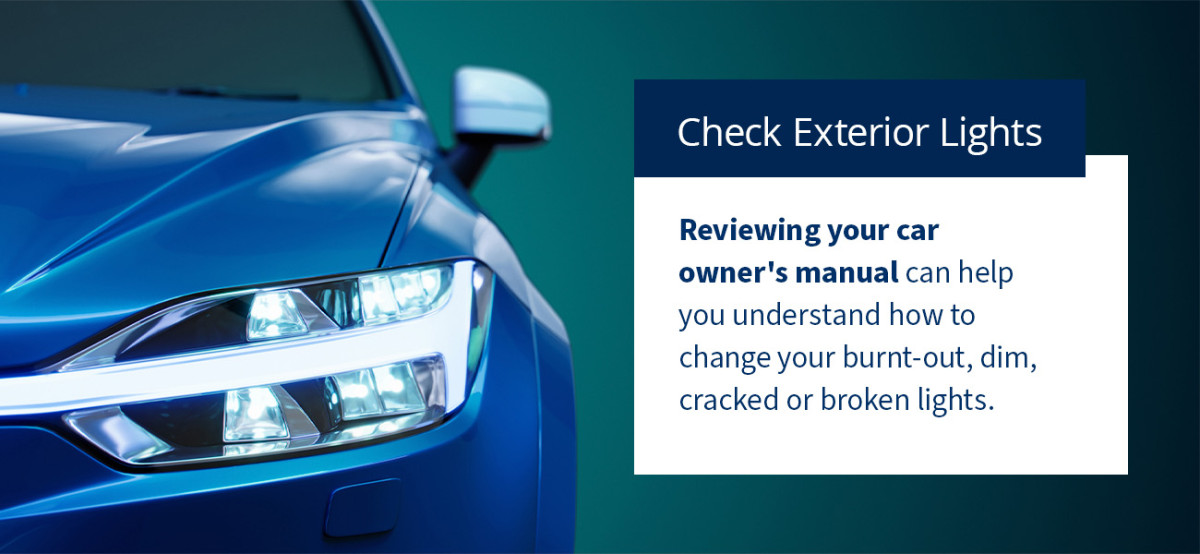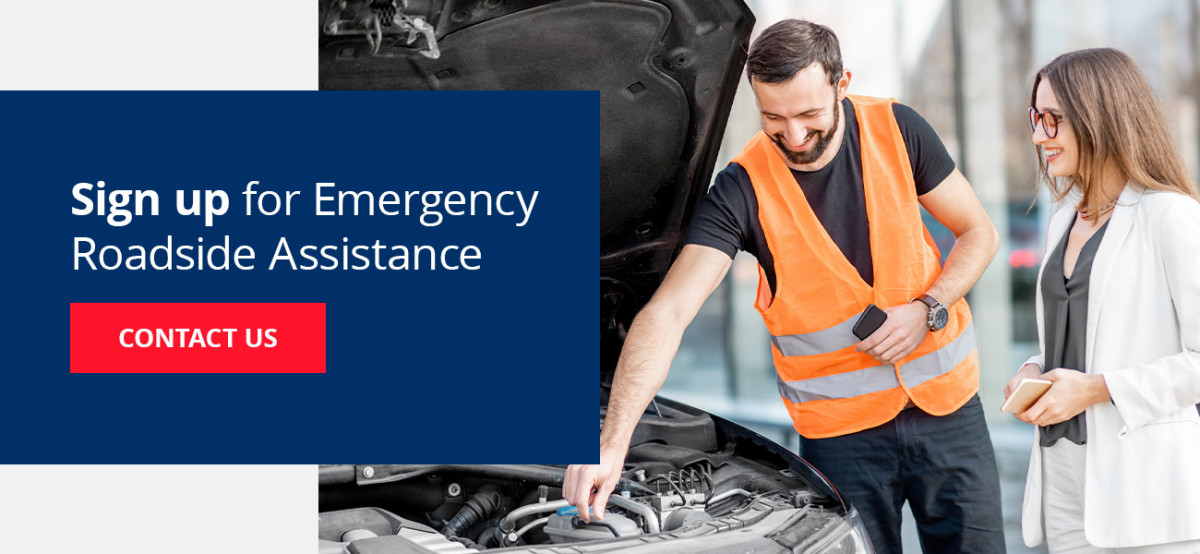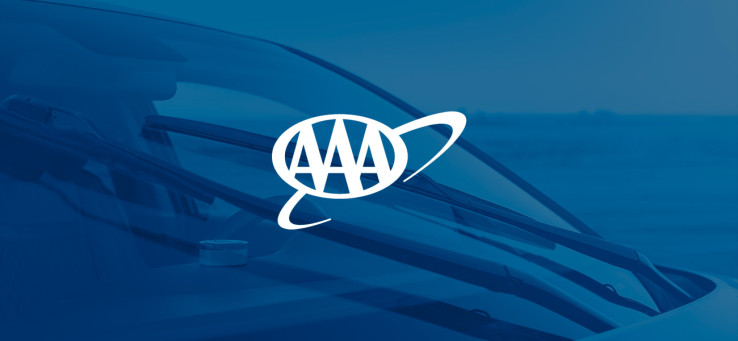Cars are elaborate machines with many moving parts and comprehensive systems. Having basic car knowledge improves your relationship with your vehicle, increases its life span and reduces maintenance and repair costs. You can learn more about cars by understanding how their various parts work and how to care for them.
This guide breaks down everything you need to know about cars, teaching you how to fix small issues and determine when to go to a professional car repair shop.
Keep up With Tire Maintenance
Tires keep your vehicle running, so knowing how to care for them could prevent impending disasters and inconveniences. Here are a few essentials about tires that every car owner should understand:
- Checking tire pressure: Understanding how to check your tire pressure helps avoid blowouts and flat tires. The recommended tire pressure is in your car manual or on the inside of your car door. You should check the pressure whenever the warning light comes on or at least once a month. In addition, understand how to refill your tires using electric and manual hand or foot pumps.
- Checking the tire treads: You need to check your tires for even wear because uneven tread wear may indicate a bigger problem with your vehicle's alignment. Getting regular wheel rotations and alignment every 10,000 kilometers prevents tread wear and helps ensure optimal car safety.
- Checking for punctures: Early detection of punctures ensures safe driving and prevents expensive repairs down the road. To check for punctures, start by looking for irregularities on the tire's body, such as bulges and deformities, or pouring soapy water on the tire to check for air bubbles.
- Changing a tire: Whether you're stalled in the middle of nowhere or notice a flat tire on your way to work, knowing how to change your tire will spare you a lot of stress. Learn how to jack up your vehicle, remove the lug nuts and install the spare tire. Always have a spare tire to facilitate a successful DIY tire change.
Conduct Frequent Fluid Checks, Refills and Changes
Your car runs on several fluids that need to be changed and topped up regularly to ensure smooth operation. Changing fluids often enhances the vehicle's performance and extends its life span. You can learn how and where to fill every fluid from your owner's manual or mechanic. Here are a few fluid checks to conduct regularly:
- Coolant: The engine's coolant regulates your car's temperature and prevents overheating. The translucent coolant tank's minimum and maximum levels make it easy to check the coolant levels.
- Engine oil: Periodically check oil levels in your car by removing the dipstick from your oil compartment, wiping it clean and dipping it back inside to check the oil levels. The right oil quality and quantity lubricates the car's moving parts to reduce friction and wear and tear.
- Brake fluid: The brake fluid level decreases as your brake pads wear. Refilling the brake fluid during every service or oil change ensures your brake pads work efficiently and effectively.
- Power steering fluid: The power steering fluid lubricates the steering wheel system, ensuring precision and control, especially when driving at low speeds. Check and refill this fluid at least once monthly or when you notice odd noises during steering.
- Windshield washer fluid: Maintain clear visibility during extreme weather by checking and refining your windshield washer fluid at least once monthly. The wiper fluid reservoir is near the front fenders or the windshield base.
- Transmission fluid: Transmission fluid helps lubricate the gears, making them easier to change. It should be checked regularly using the same procedure for checking engine oil.
Check Exterior Lights

Dim or broken exterior lights are a safety hazard for motorists and other road users and can attract hefty traffic fines. Periodic inspections of headlights, taillights, brake lights and turn signals ensure your vehicle is safe to operate. Start by walking around your car with all the lights on to ensure they work as intended.
Reviewing your car owner's manual can help you understand how to change your burnt-out, dim, cracked or broken lights. Usually, you won't need any tools, but sometimes you may need basic tools like a screwdriver or wrench to change your light bulbs. You can find replacement bulbs from most hardware or auto part stores.
If your car requires moving engine parts to replace the bulbs, it's best to leave it to an auto repair expert. Here are some best practices when maintaining your exterior lights:
- Wait until the bulb has cooled down.
- Wear gloves to avoid burning your hand.
- Change your taillights and headlights at least once annually.
- Clean and polish your lights often to prevent them from getting fuzzy, foggy or dirty.
Perform Regular Battery Tests
Many factors could lead to a flat battery, like accidentally leaving your interior or exterior lights on. Learning to test your battery levels regularly could spare you the inconvenience of your car failing to start. A professional biannual battery test checks the voltage and charge, confirming a functional battery. Here are some ways to check the battery's overall health:
- The light and load test: This involves switching on your car and leaving the lights on for at least 10 to 15 minutes. A fully charged battery can sustain the load without getting dim.
- The click test: Start your engine with your radio off and listen for clicks that signal a low or dead battery.
- The corrosion check: A visual inspection of your battery may reveal corrosion on its surface, indicating that it is nearing its end.
Understand Dashboard Warning Lights
Dashboard warning lights are your car's built-in communication that may signal possible issues. It's normal for these lights to come on briefly when you start your car, but they may indicate a problem when they stay on while driving. Never ignore any of these warning lights — battery, airbag, brake system, check engine, power steering and transmission lights.
You can determine the severity of the issues shown by the warning lights by color:
- Green or blue: No action is needed because all systems work as intended.
- Yellow or orange: Stay alert and have your vehicle checked by a reliable mechanic soon.
- Red: Pull over and have your car checked and fixed immediately to ensure road safety.
Sign up for Emergency Roadside Assistance
Besides understanding basic automotive knowledge, you should know what to do in instances requiring professional help. Emergency roadside assistance is useful when your car breaks down unexpectedly. It covers many services, including towing, flat tire repairs, fuel delivery, flat tire changes, battery jump starts and lockout assistance. With AAA Emergency Roadside Assistance, you, the cardholder, get emergency roadside coverage. Your membership allows you to enjoy these perks, even when hiring a vehicle in a different state.
The AAA membership exceeds the basic roadside assistance and extends AAA membership discounts, travel packages, insurance deals and financial services. Contact us today to learn more about our membership options and prices, or join AAA today in a few simple steps.


